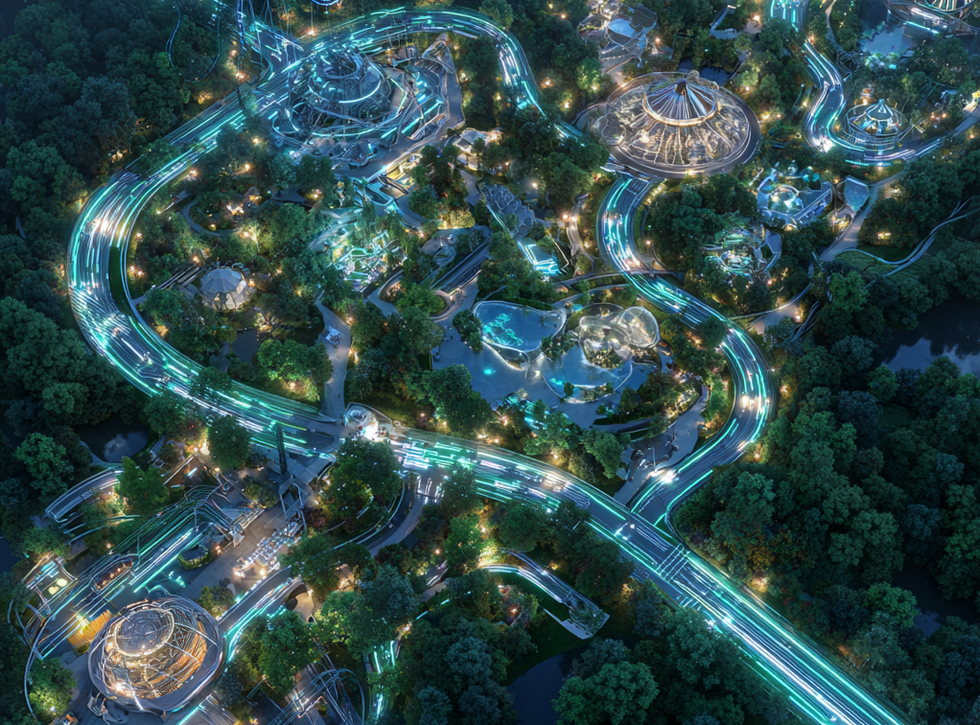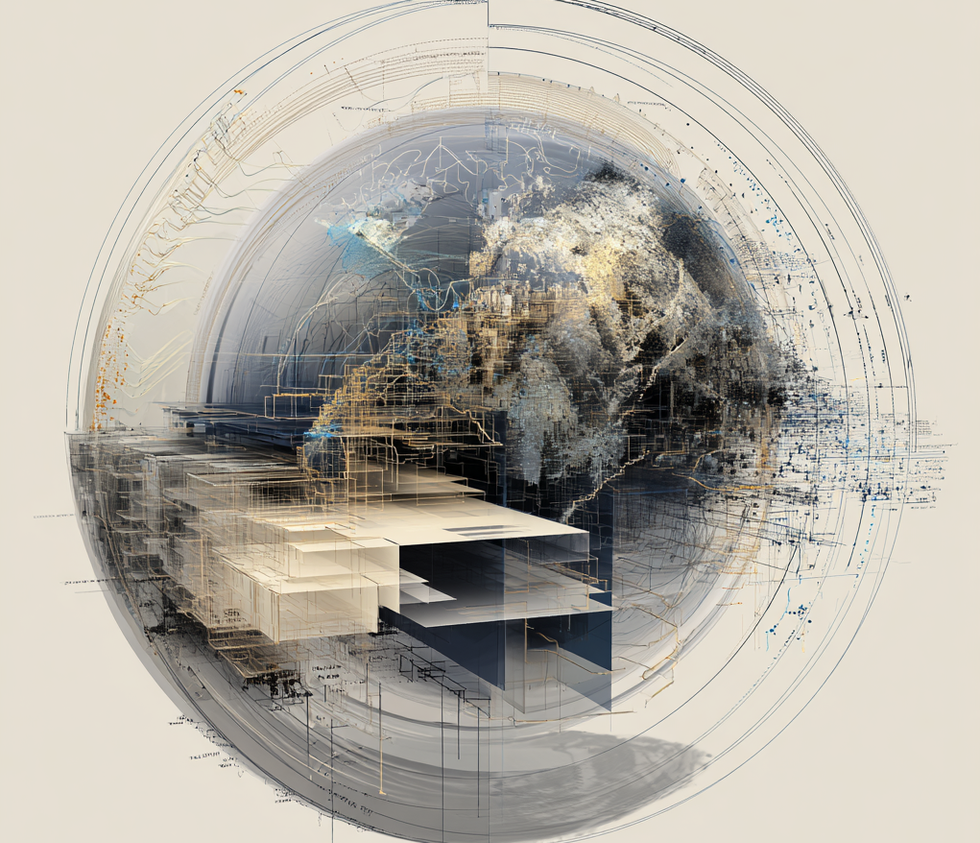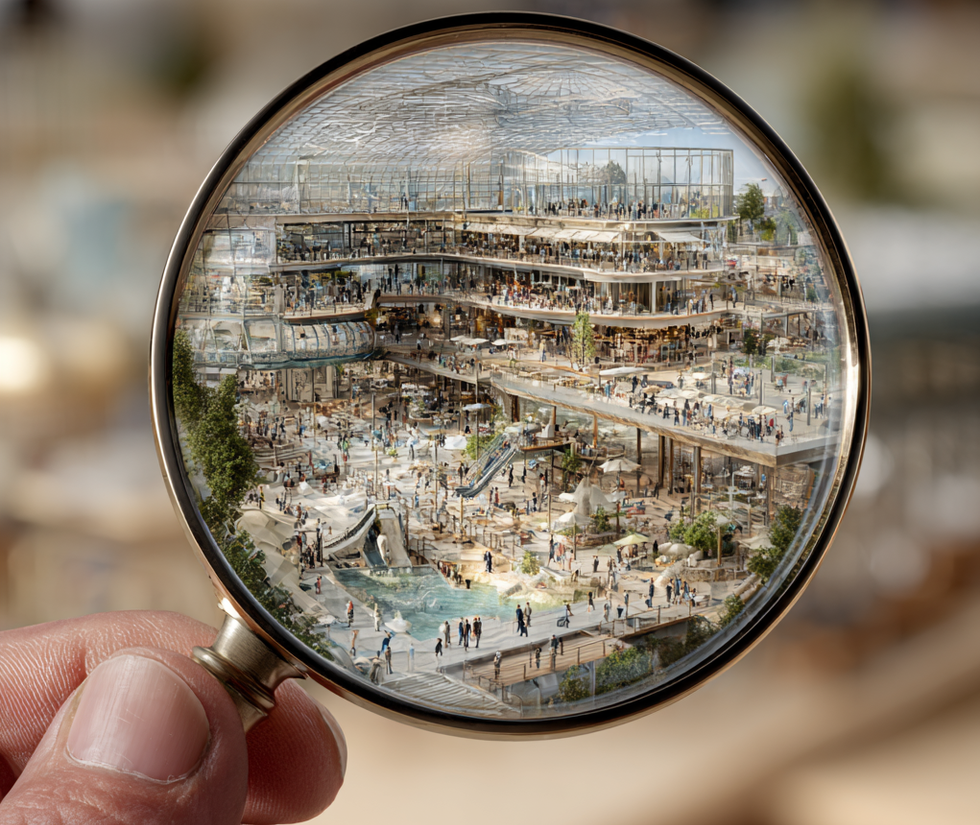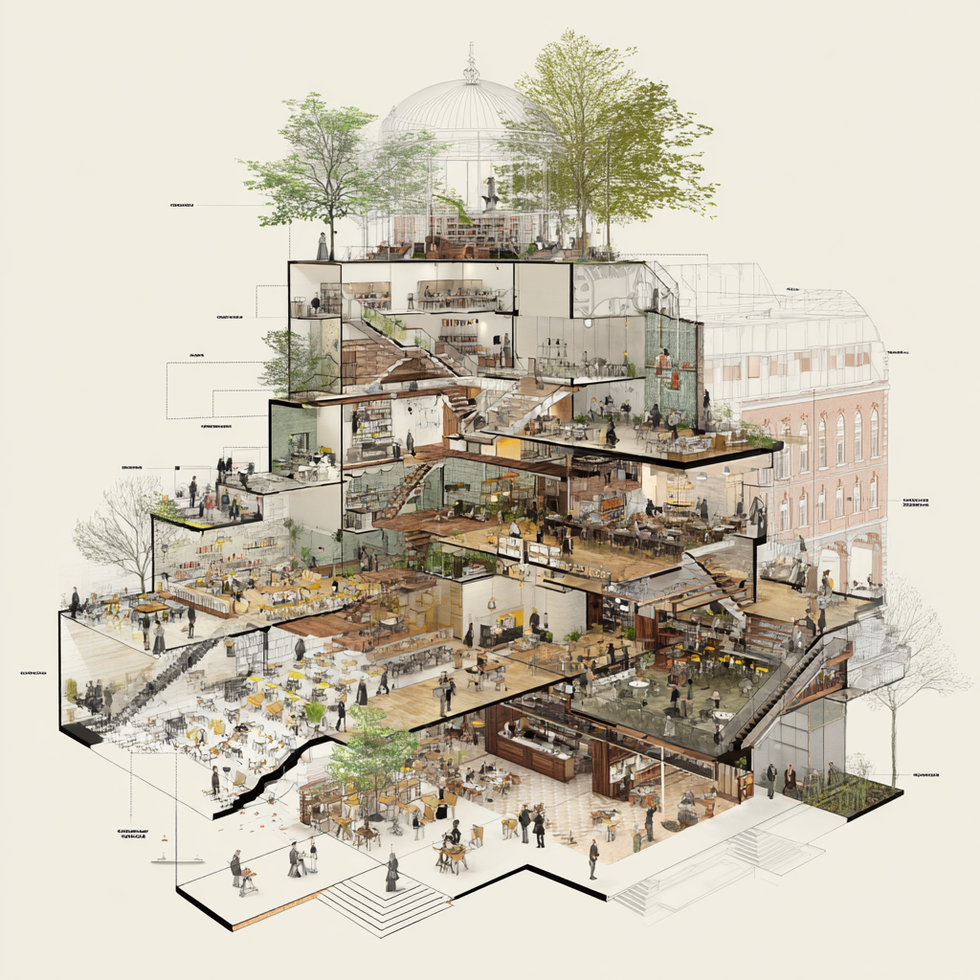by Wayne Warrington and Belyna Bentlage, Verdis Group
Imagine if, in January 2020, your organization had received a detailed forecast of exactly how the pandemic would unfold, including the timing of lockdowns, the shifts in visitor behavior, the operational challenges that would emerge. With that foresight, you could have reimagined spaces, retrained staff, restructured finances, and perhaps even transformed potential losses into opportunities.
That crystal ball didn't exist then. But when it comes to climate change, we possess something remarkably close.
Unlike the pandemic 's sudden disruption, climate change presents us with scientific models that can forecast regional impacts with increasing accuracy. For attractions ready to engage, this offers an unprecedented advantage in future-proofing for climate change—the ability to prepare, not just react.
Climate disruption is already reshaping the industry
The evidence is unmistakable. 2024 marked the warmest year on record, continuing a century-long trend in rising global temperatures.
Concerningly, the ten hottest years have all occurred in the last decade. Across the attractions industry, we're seeing these impacts manifest in very tangible ways:
- Animal care teams at zoos are adjusting summer transport schedules because historical temperature windows are narrowing.
- Horticulture departments at gardens and theme parks are facing budget challenges as previously wet regions experience unexpected drought and desiccation, requiring extensive irrigation retrofits.
- Operations teams are implementing seasonal schedule adjustments, while admissions teams are altering guest access times.
Future-proofing for climate change: the resilience advantage
Forward-thinking organizations are responding to climate risk through three key strategies: mitigation, adaptation, and resilience. Each reinforces the others.
Mitigation: reducing your contribution
Cultural institutions and attractions are uniquely positioned to showcase sustainability. Energy efficiency upgrades, renewable power, and electric transportation aren't just reducing carbon footprints—they can also bring numerous benefits to the community.
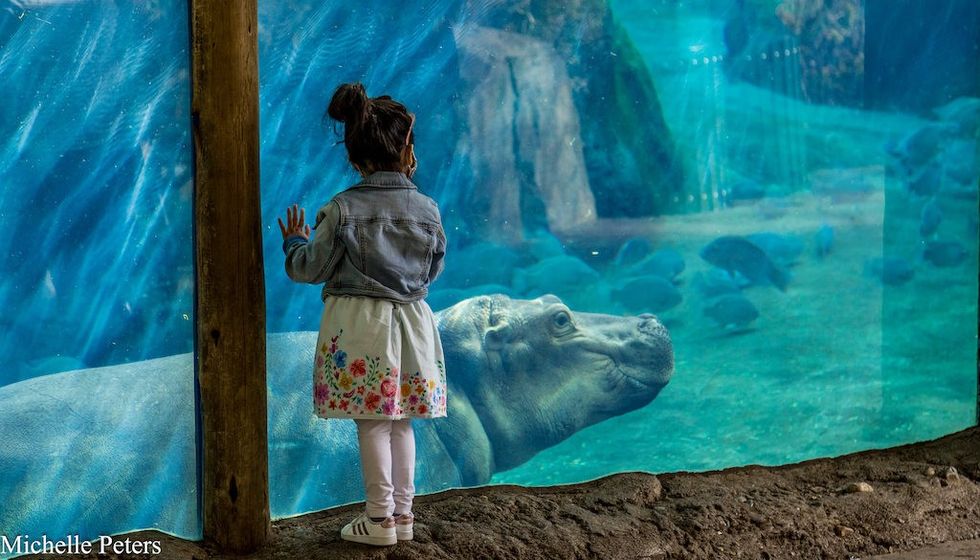
When the Cincinnati Zoo and Botanical Garden showcases its solar array as a part of its sustainability story, the organization also generates power for its neighbors in the community and provides shade for cars and buses in its parking lot and helps reduce urban heating, which benefits the Zoo’s neighbors. The solar arrays are visible examples to visitors of the Zoo’s commitment to renewable energy and climate resiliency.
Adaptation: weatherproofing your operations
Knowing what's coming allows you to proactively adapt your infrastructure, operations, and visitor experience.
This might involve redesigning outdoor queues with enhanced shade and cooling features, developing flexible indoor-outdoor programming that can adapt to changing conditions, or investing in water management systems that convert heavy rainfall into a resource rather than a threat.
Resilience: turning disruption into opportunity
Resilience strategies increase the ability of an organization to adapt quickly to, or recover quickly from, disruptions.
True resilience means more than just surviving disruption. It means using it as a catalyst for innovation. When outdoor attractions face increasing storm frequency that disrupts operations, they can use dynamic pricing models to address weather disruptions.
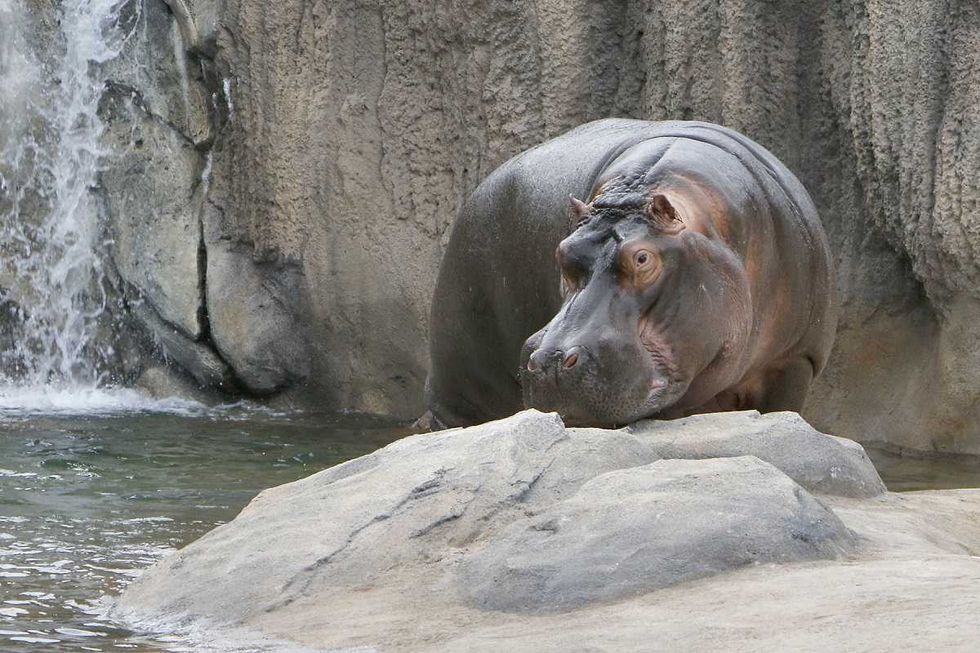
When the Dallas Zoo adjusted its summer hours to earlier in the day, it enhanced the guest experience during the hottest months of the year and improved conditions for the animals.
Forecasting your attraction's climate future
While we can't predict everything, climate science offers organizations something remarkably close to a crystal ball. By leveraging these projections, future-proofing for climate change and preparing for specific challenges on clear timelines is possible:
Examples of risks and strategic opportunities
From insight to action: building your climate resilience roadmap
The most resilient organizations are translating climate insights into concrete actions through a systematic approach:
1. Identify Your Climate Story
Begin by understanding the specific climate impacts relevant to your location and attraction type. Use resources like The Climate Toolbox to access localized projections, then engage your team in identifying climate effects they're already managing—you'll be surprised how many operational adjustments are already happening in response to changing conditions.
Quick start: Gather department heads for a "climate impacts inventory" session, where each area identifies changes they have already observed or begun adapting to.
2. Map your vulnerability points
Every attraction has critical functions that are climate-sensitive. For a water park, it might be water quality and supply; for a zoo, animal comfort and habitat integrity; for a museum, collection preservation and building envelope protection. Cross-reference essential functions with climate sensitivities.
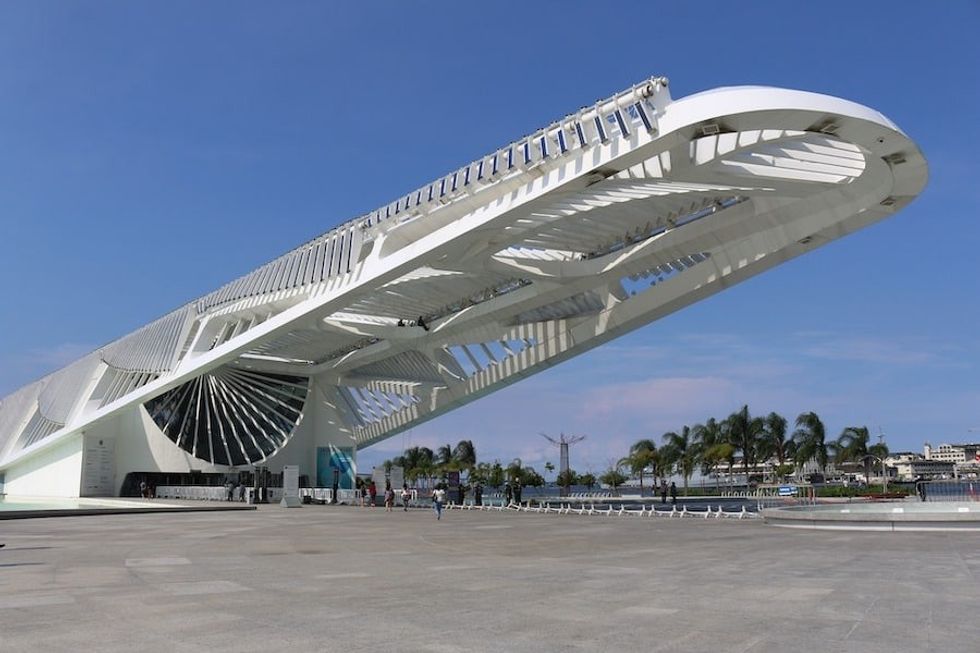
Identify these vulnerability points by mapping your essential operations against projected climate impacts:
Example: Operations Team Climate Vulnerability Assessment
Critical function: outdoor queue management
Climate densitivity: heat events, sudden and intense storms
Current resilience level: low (minimal shade, limited indoor alternatives)
Resilience opportunity: redesigned queue environments, virtual queuing technology
3. Prioritize for impact and visibility
Not all resilience investments are equal. Focus on visible, high-return actions with multiple benefits. Look for interventions that:
- Address your most vulnerable systems
- Create multiple benefits (operational efficiency, guest experience enhancement, marketing value)
- Demonstrate your leadership visibly to guests and staff
4. Build Your Climate Narrative
The most successful attractions are turning their climate resilience journey into a compelling story that engages visitors and builds brand loyalty:
- Documentable progress: Create transparent metrics around your climate initiatives that can be shared with visitors
- Educational integration: Weave climate stories into interpretive elements throughout your attraction
- Immersive experiences: Develop programming that allows visitors to participate in resilience-building activities, such as planting native species
The competitive advantage of foresight
The parallels to our pandemic experience are instructive. When COVID struck, every attraction was forced into reactive mode, scrambling to develop protocols, redesign experiences, and communicate changes under extreme pressure.
Those who had invested in operational flexibility, digital infrastructure, and scenario planning before the pandemic had a significant advantage. They could pivot more quickly, communicate more confidently, and recover more completely.
Climate change presents a fundamentally different opportunity for future-proofing. Unlike the pandemic's sudden onset, climate impacts are arriving on a more predictable trajectory. The crystal ball exists—if we choose to use it.
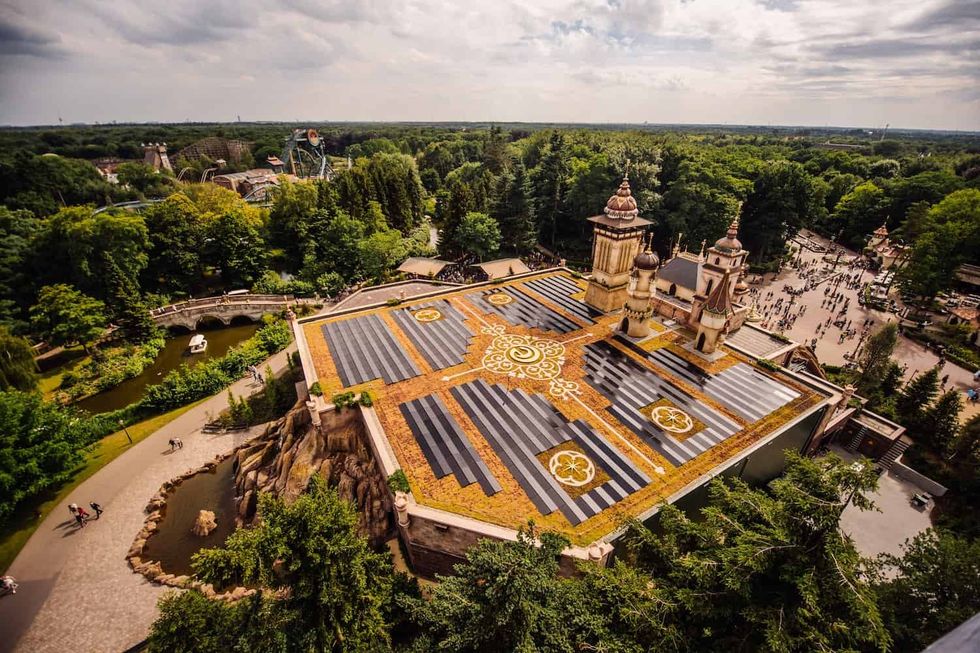
The attractions that will thrive in the coming decade won't just be those with the biggest budgets or the most innovative rides. They'll be those that strategically position themselves for the operational realities of a changing climate.
By acting now, while your competitors may still be in the "wait and see" phase, you can build resilience into your attraction's DNA, creating competitive advantages that will compound over time.
Ready to build your organization’s climate resilience?
Our Climate Vulnerability Assessments (CVA) provide organizations with a structured framework for identifying climate risks and opportunities specific to their operations. We help translate climate science into actionable strategies that protect the bottom line while enhancing the visitor experience.
The pandemic caught us by surprise. Climate change doesn't have to. We have the tools to see what's coming and to prepare for it.
Daniel Lawse of Verdis Group will speak at greenloop 2025 in a session called Under the radar, still on track – civil society climate leadership in uncertain times.
Join us! Buy tickets for greenloop 2025
hereWayne Warrington is a wildlife biologist, non-profit professional, sustainability researcher, certified communications trainer, entrepreneur, and higher-education faculty with over twenty years of experience spanning cultural organisations, governmental entities, and both public and private enterprises. As a senior associate at Verdis Group, he excels at synthesising diverse viewpoints into compelling narratives that drive positive change.
Belyna Bentlage is passionate about the unique social physics of organisations that create conditions for transformational change. As a senior associate at Verdis Group, Belyna leverages her rigorous social science training and expertise in project management, workshop design, and facilitation to help organisations achieve their goals. Her recent work includes project management of the climate commitments by the Aquarium Conservation Partnership (ACP)’s nearly 30 (and growing) members.
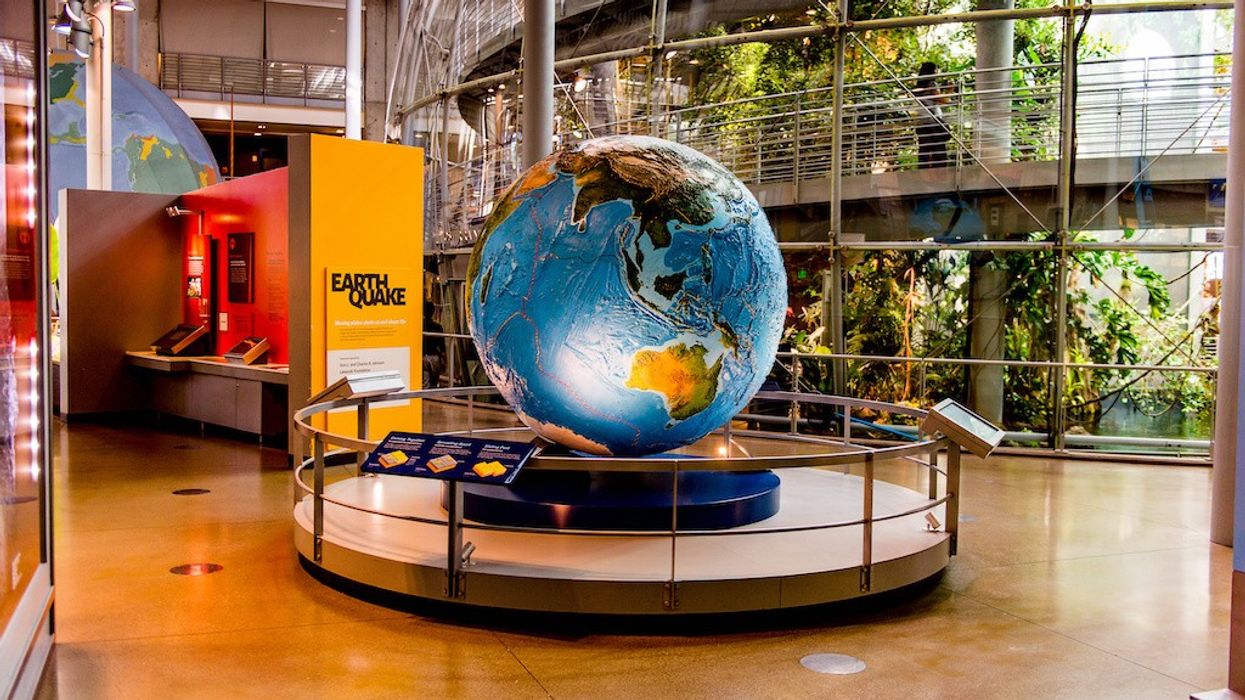

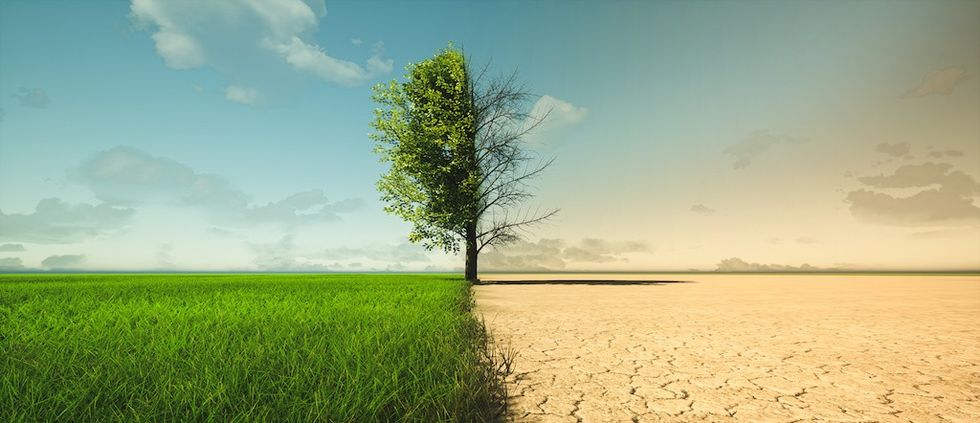
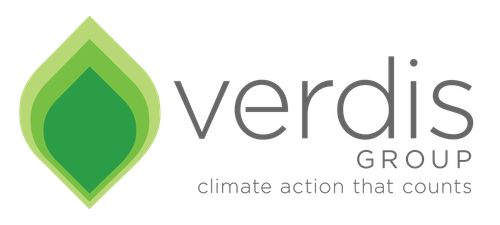
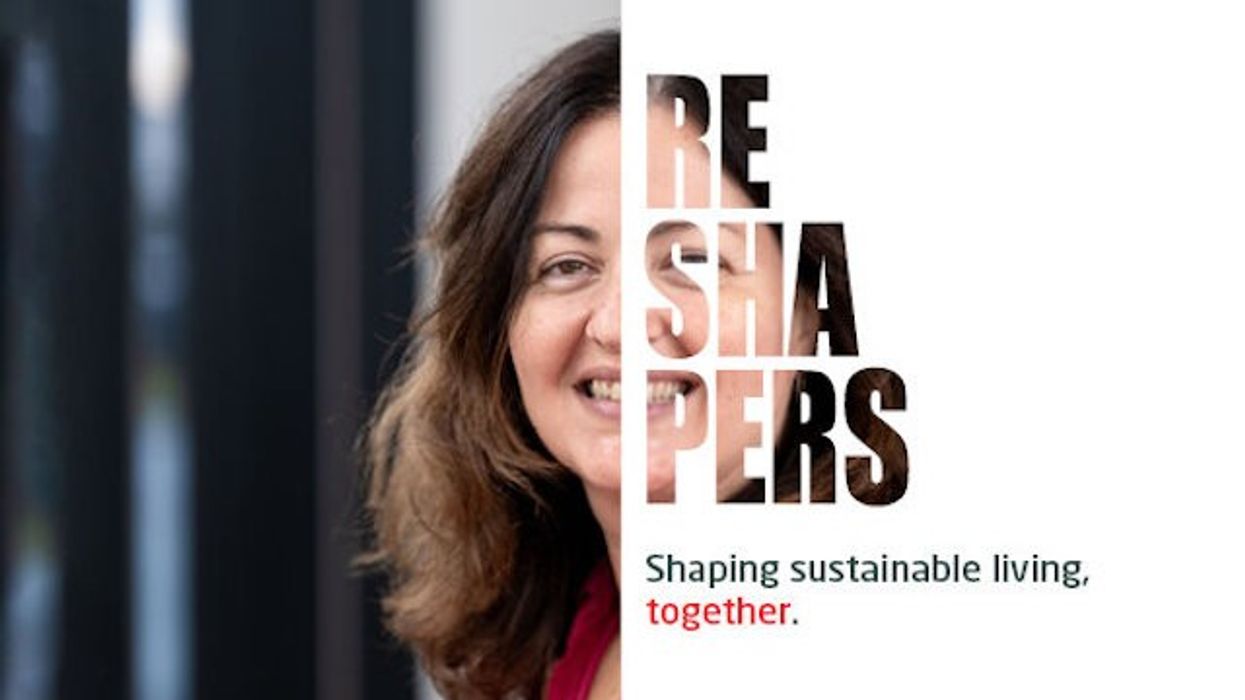
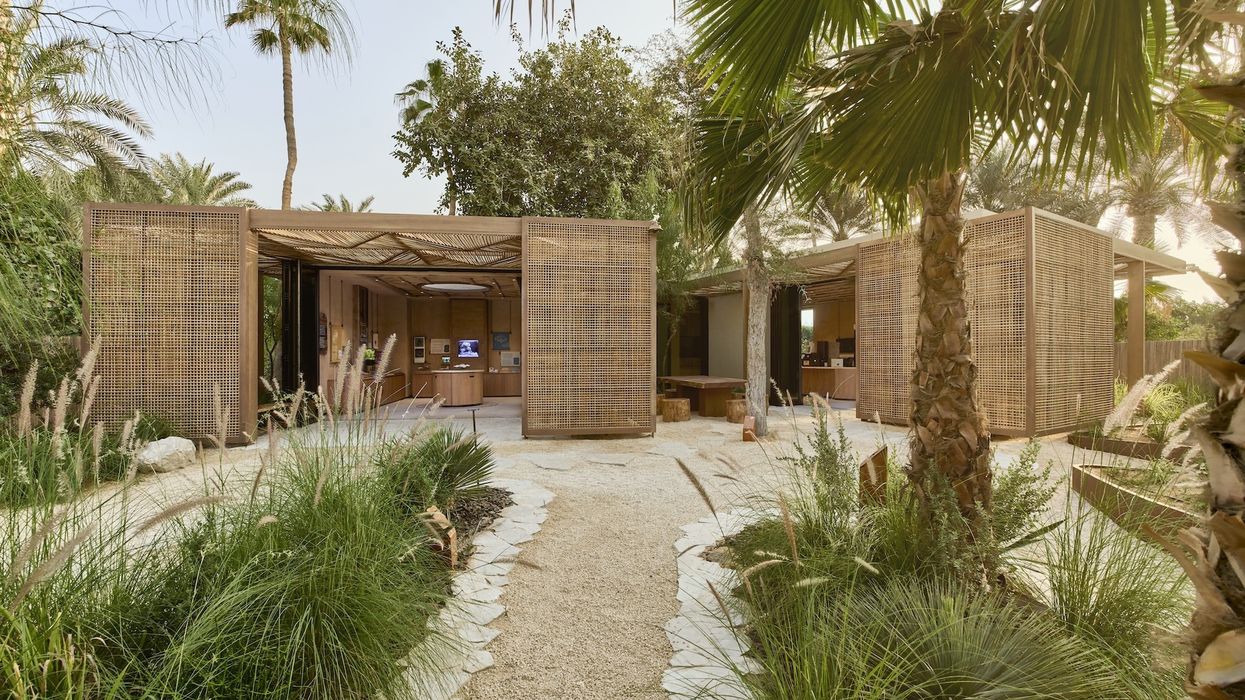

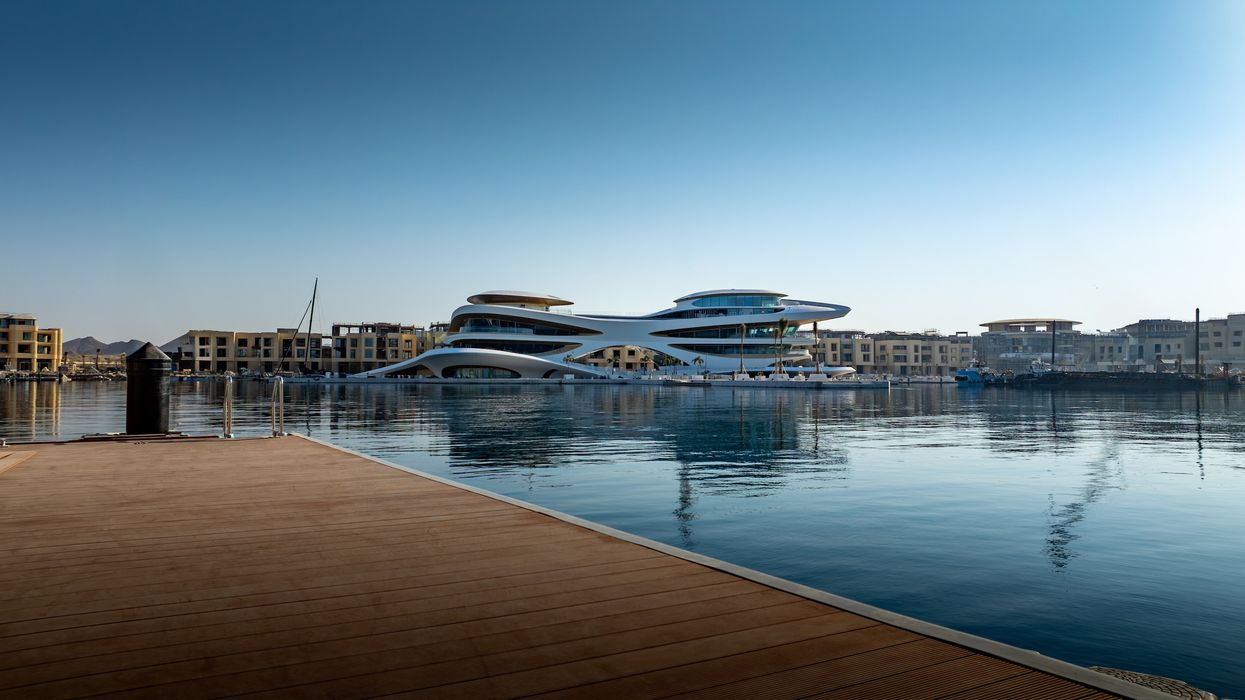
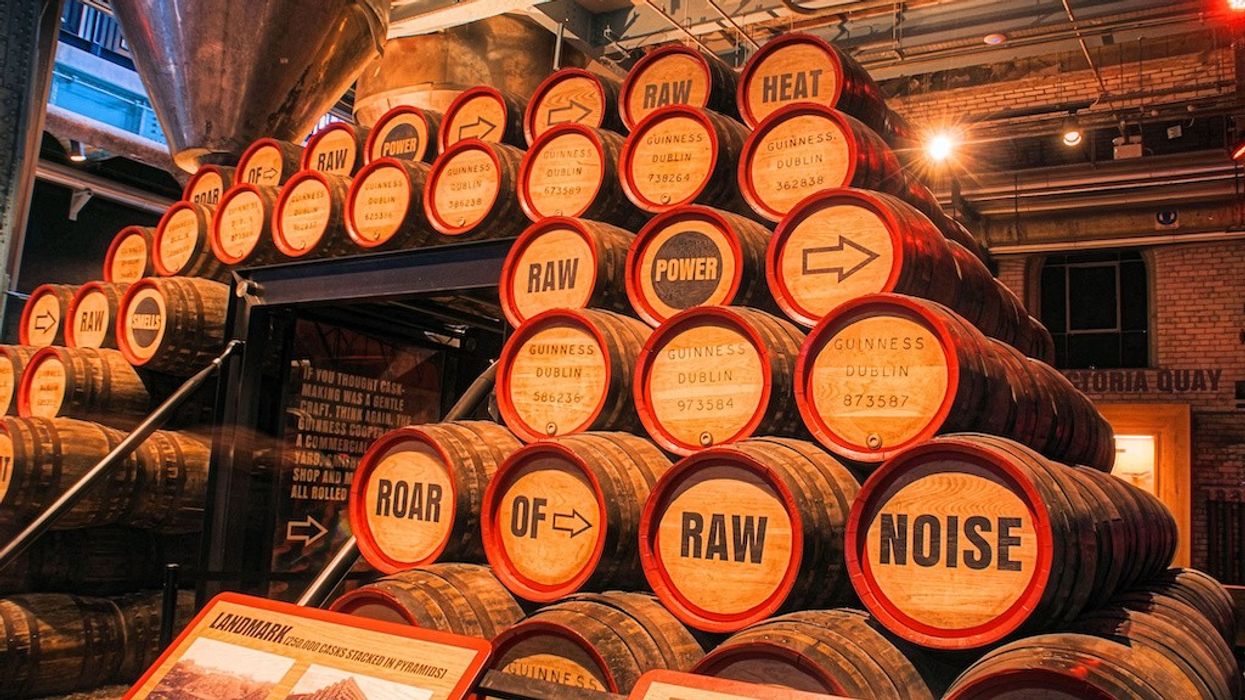
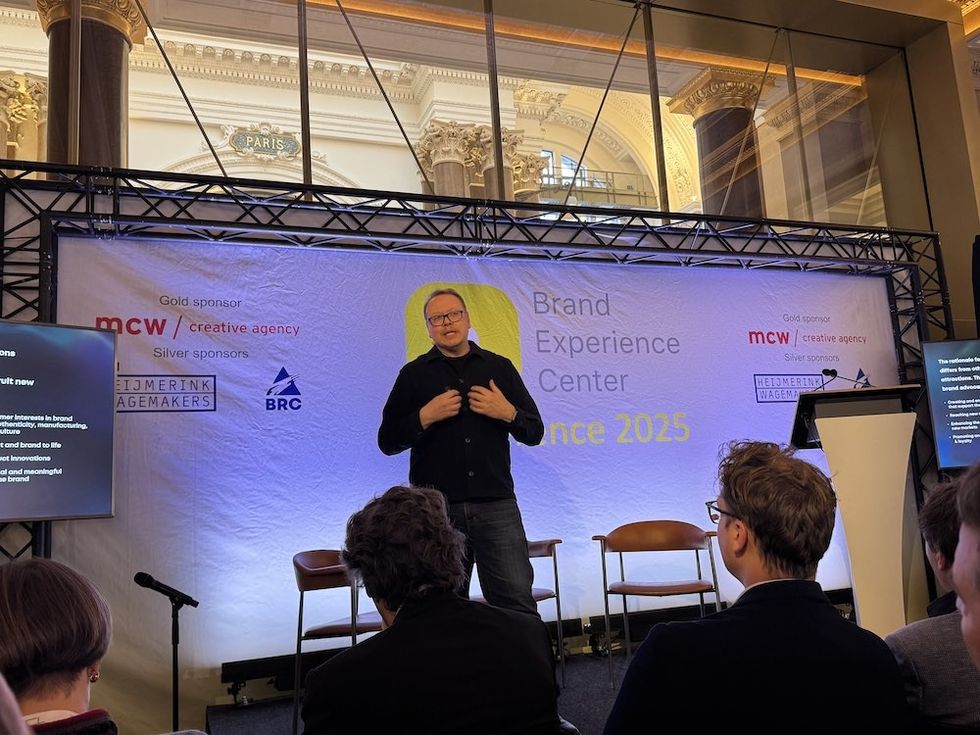 Christian Lachel, chief creative officer, BRC Imagination Arts
Christian Lachel, chief creative officer, BRC Imagination Arts  Image credit AA+W - stock.adobe.com
Image credit AA+W - stock.adobe.com Chocoversum Image credit Sebastian Fuchs
Chocoversum Image credit Sebastian Fuchs 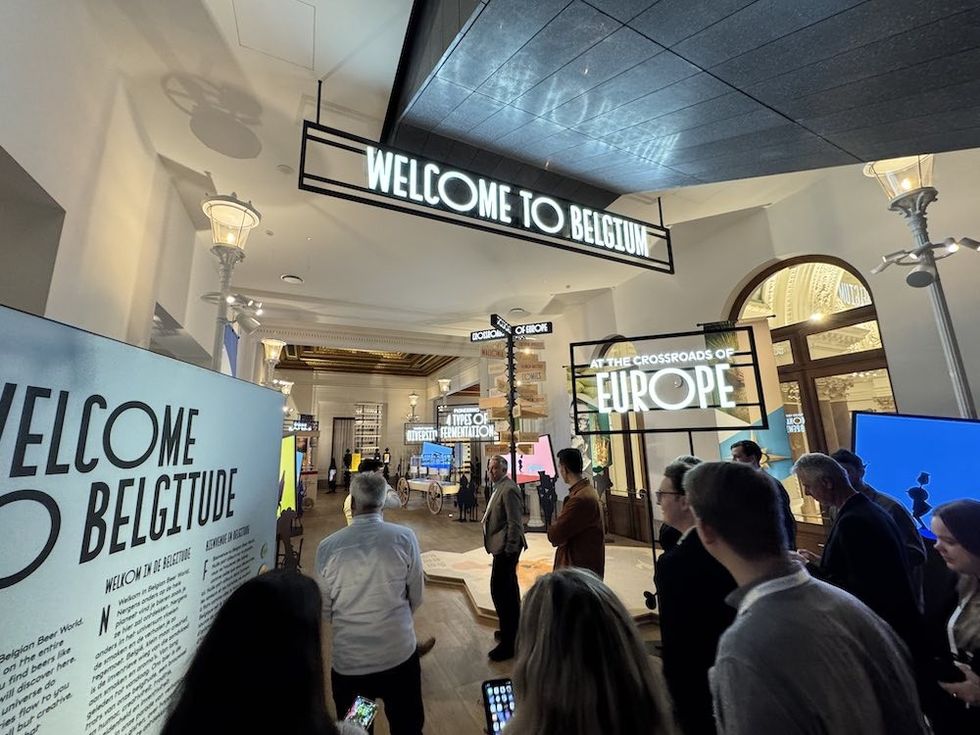 Belgian Beer World
Belgian Beer World 


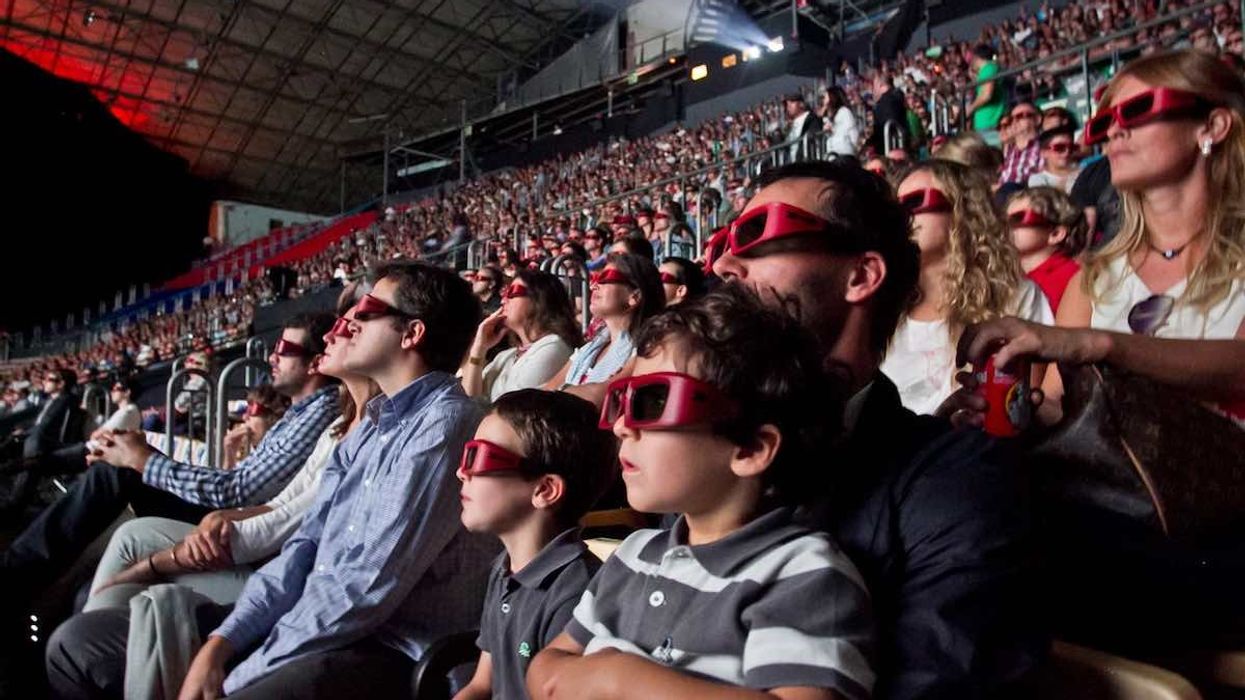
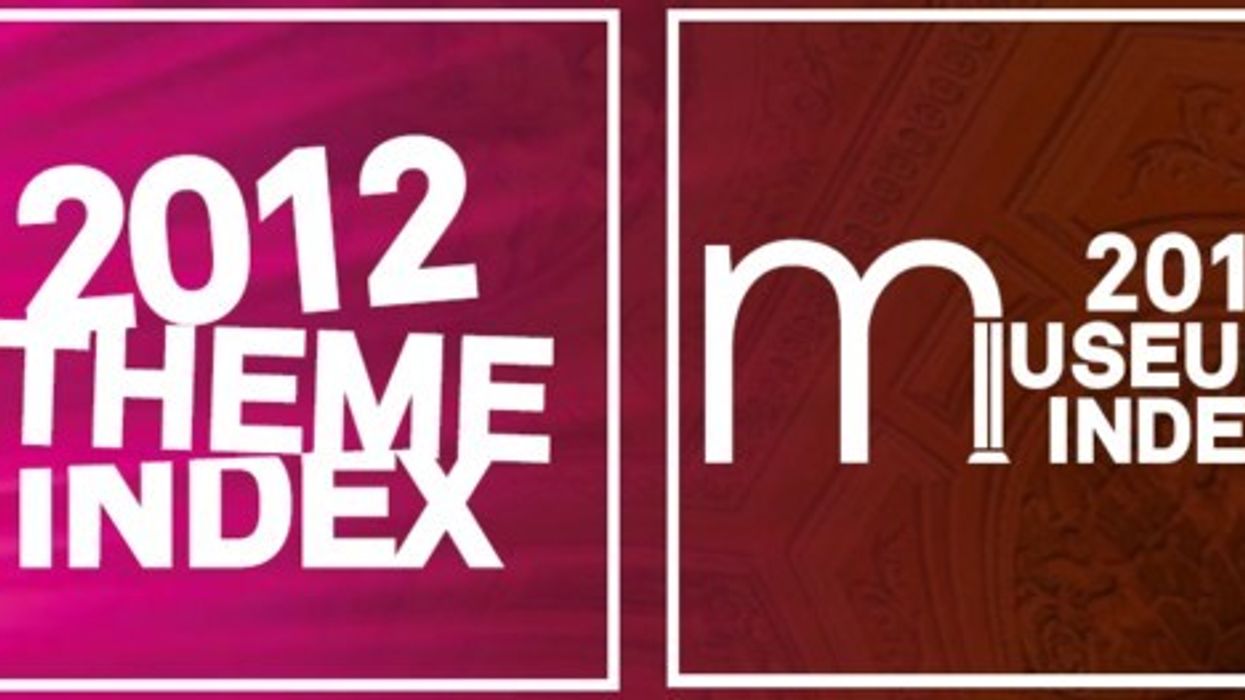
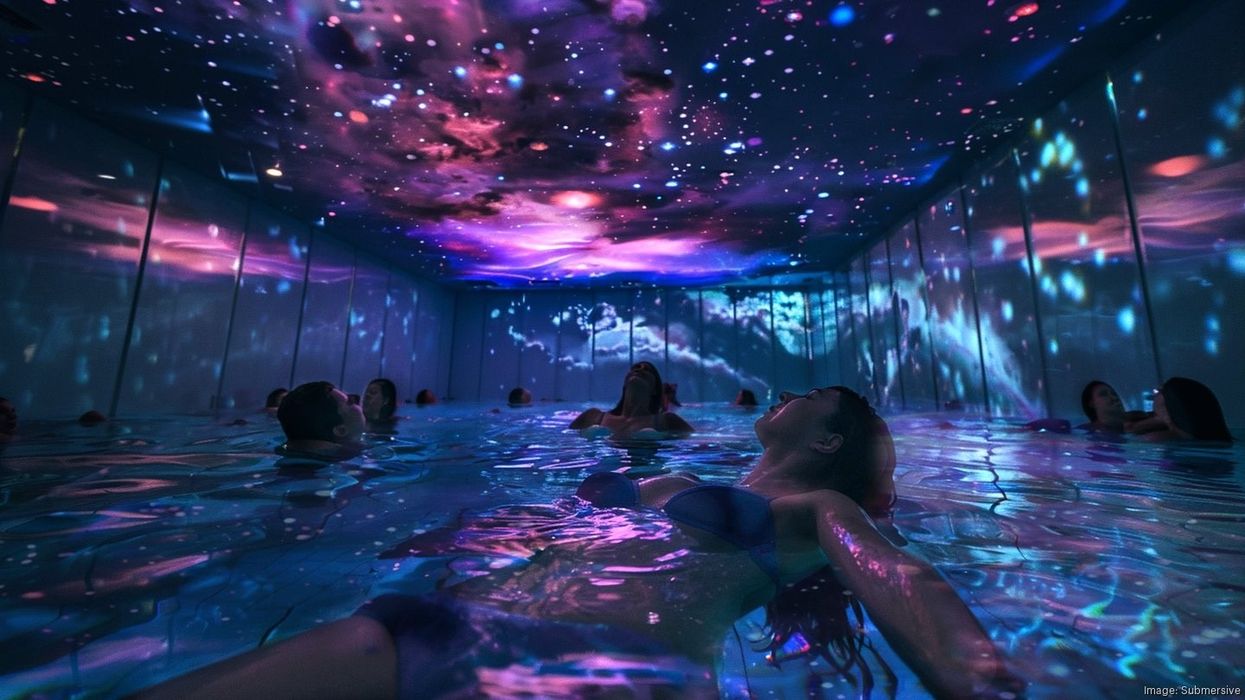

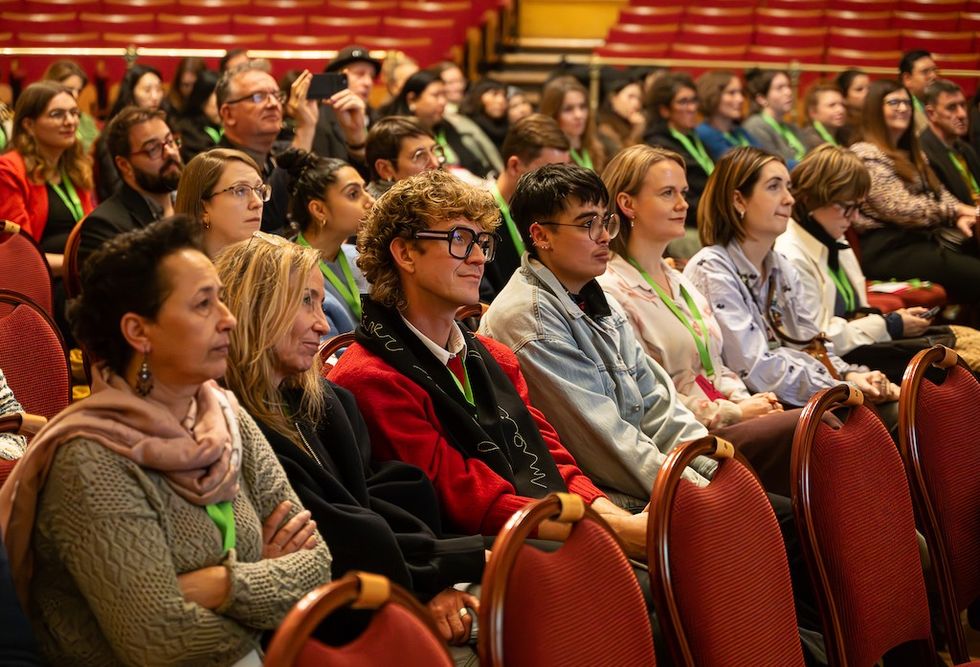
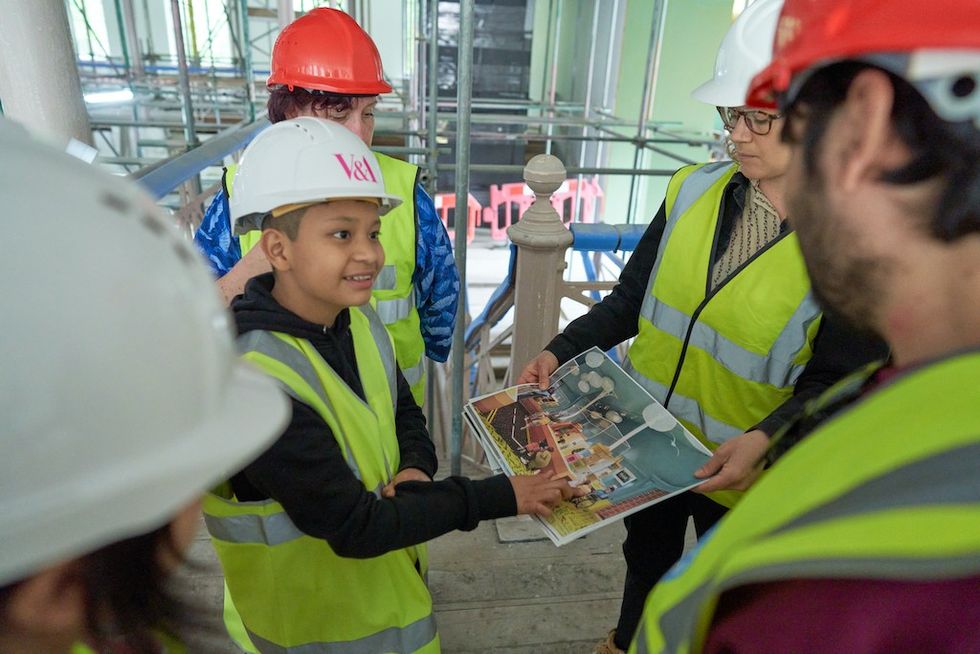 Young V&A Youth Collective members have a tour of the Young V&A construction site. Image courtesy of Young V&A.
Young V&A Youth Collective members have a tour of the Young V&A construction site. Image courtesy of Young V&A. 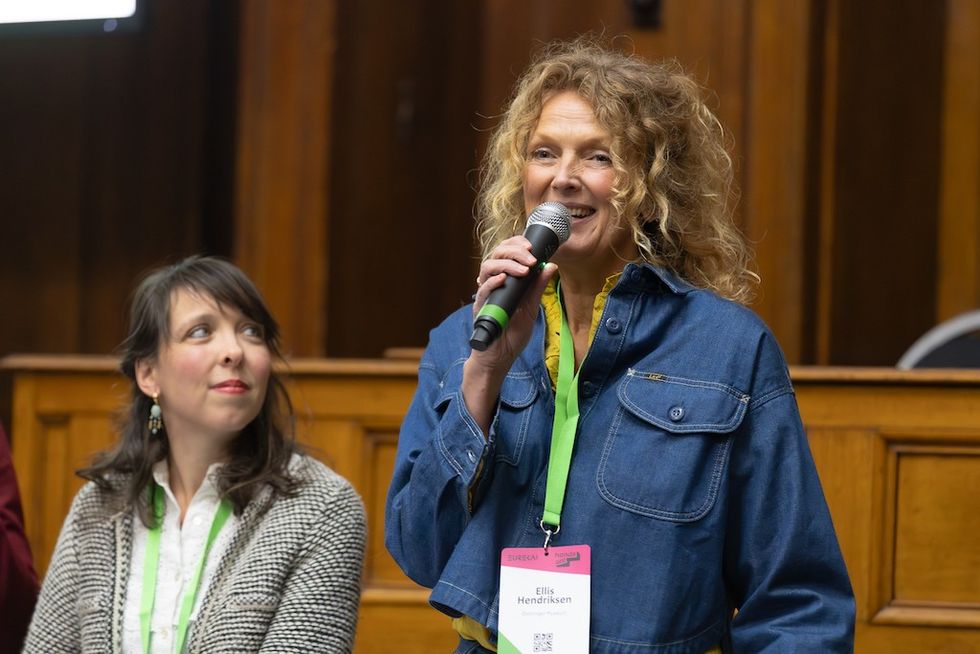 Floriane Perot and Ellis Hendriksen
Floriane Perot and Ellis Hendriksen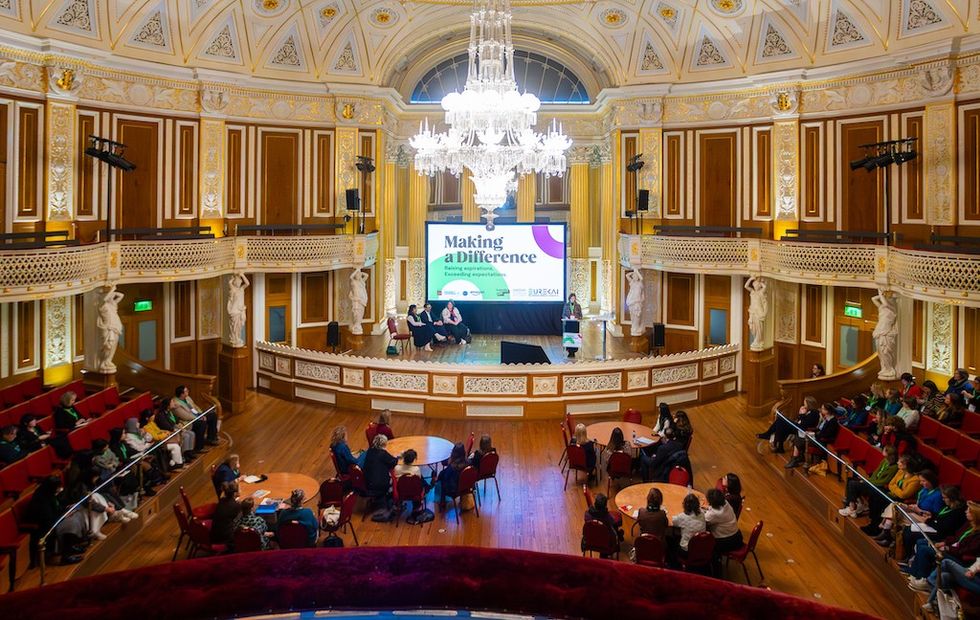
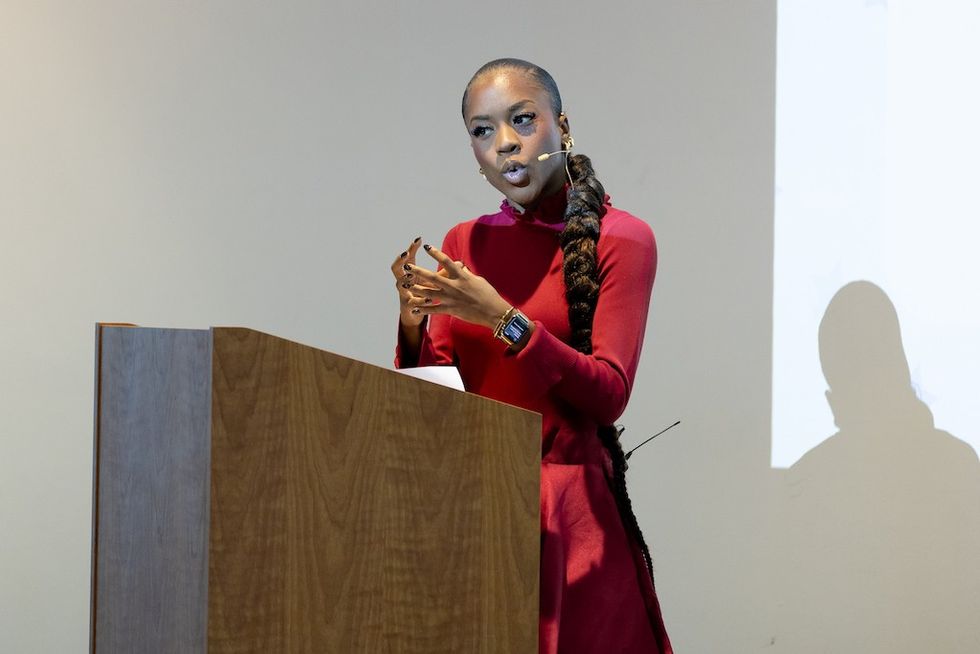 Amber Ogunsanya-William
Amber Ogunsanya-William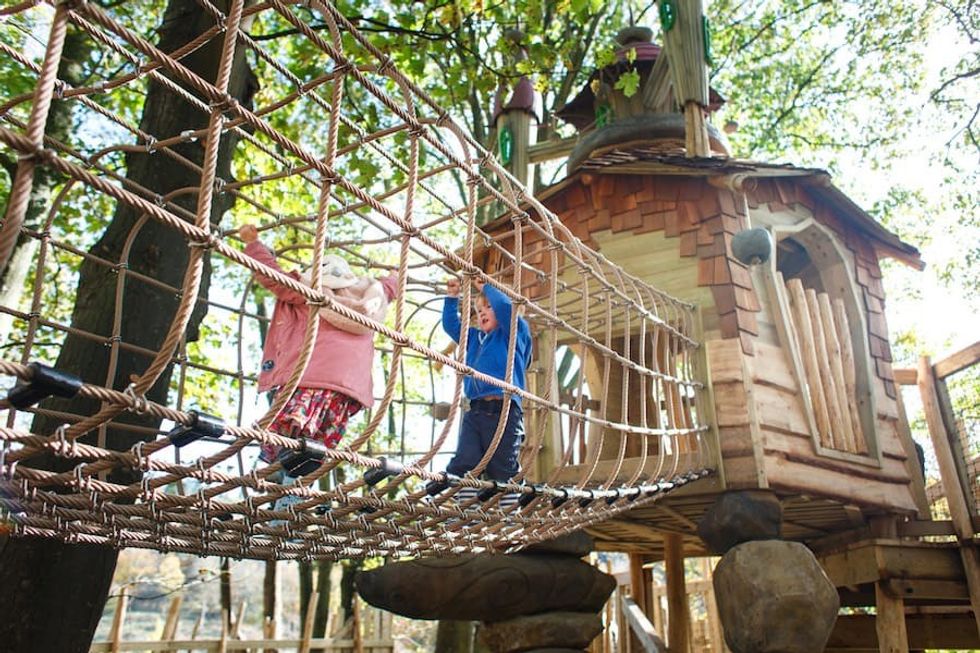 Tumblestone Hollow adventure playground by CAP.CO
Tumblestone Hollow adventure playground by CAP.CO 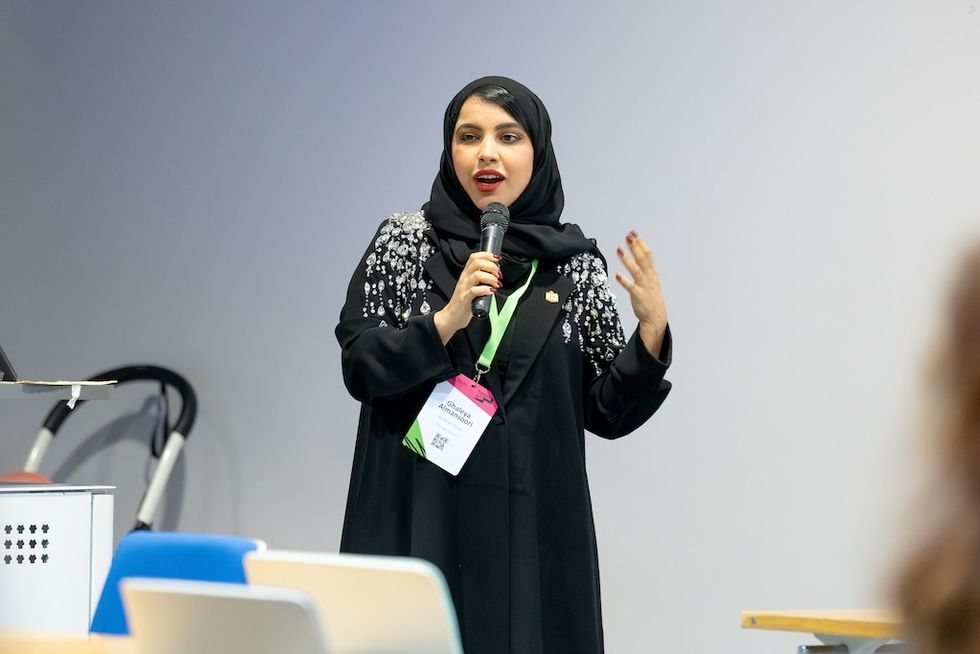 Ghaleya Al Mansoori
Ghaleya Al Mansoori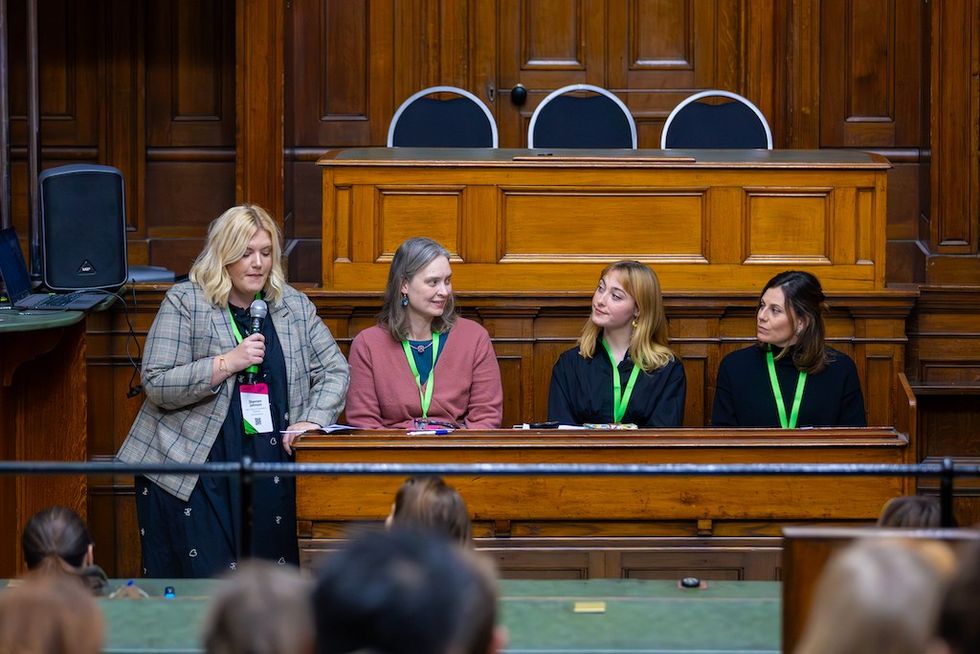
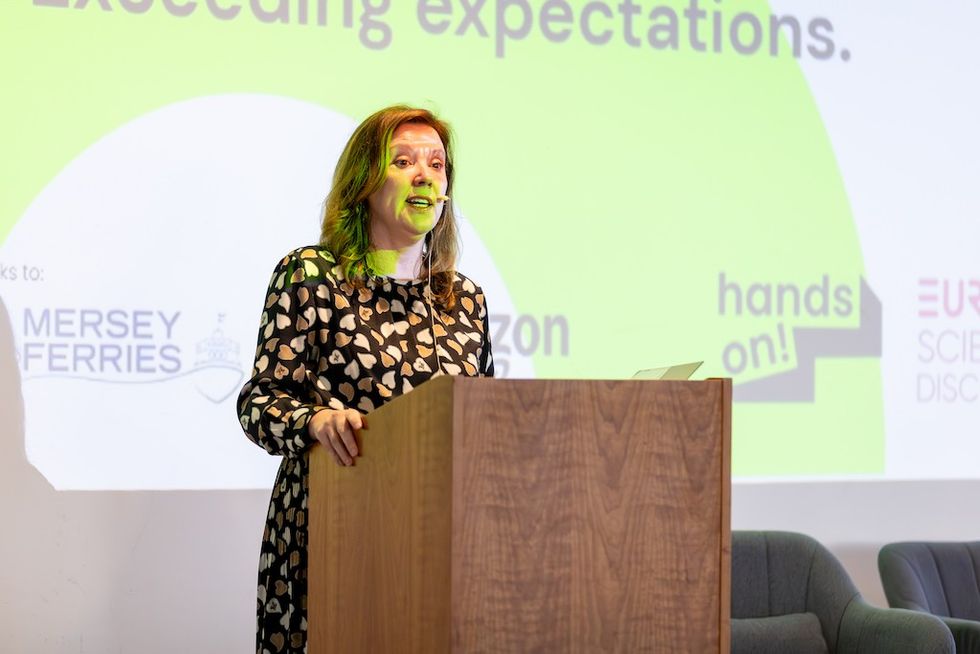 Dame Rachel de Souza
Dame Rachel de Souza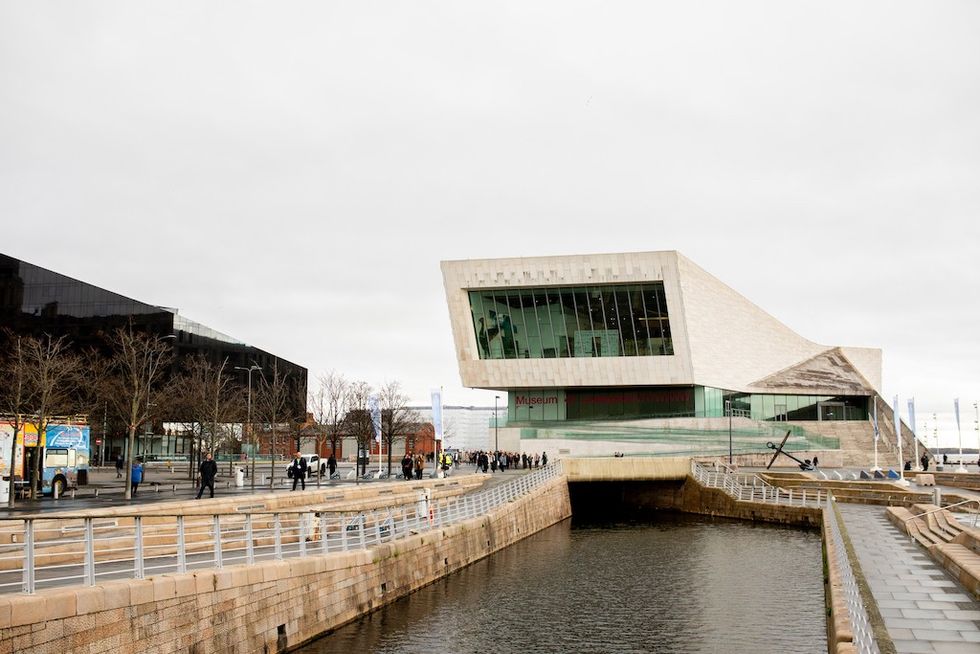 Liverpool Museum
Liverpool Museum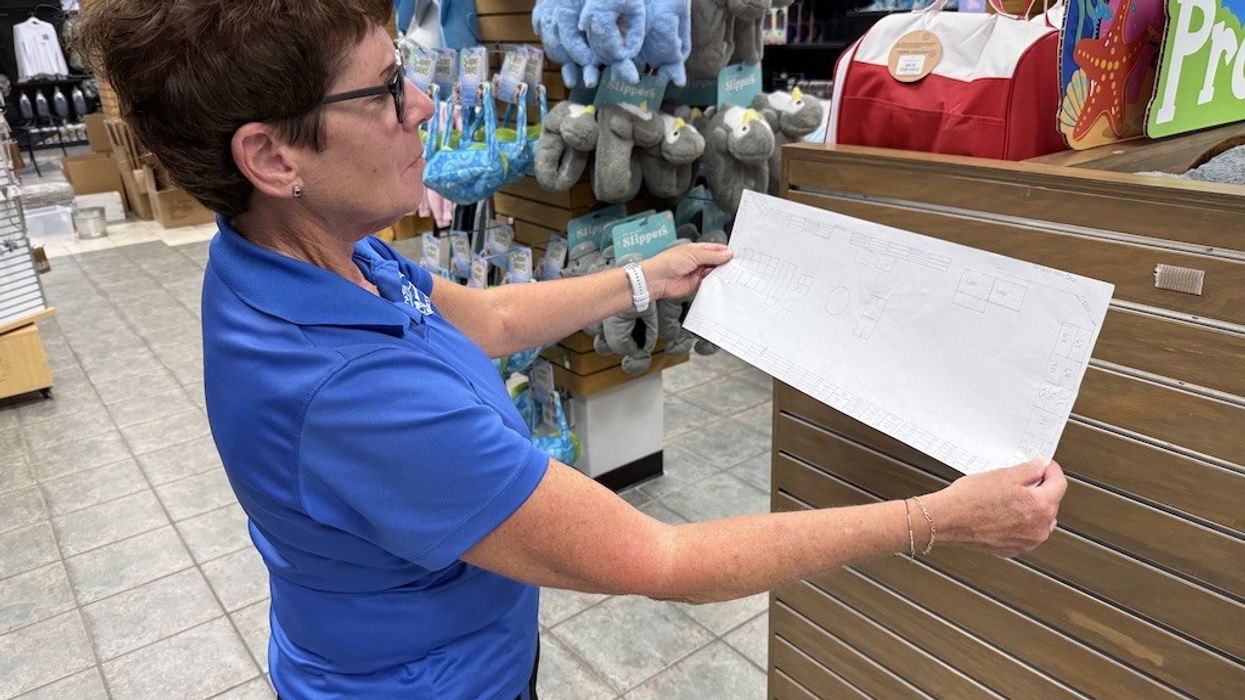
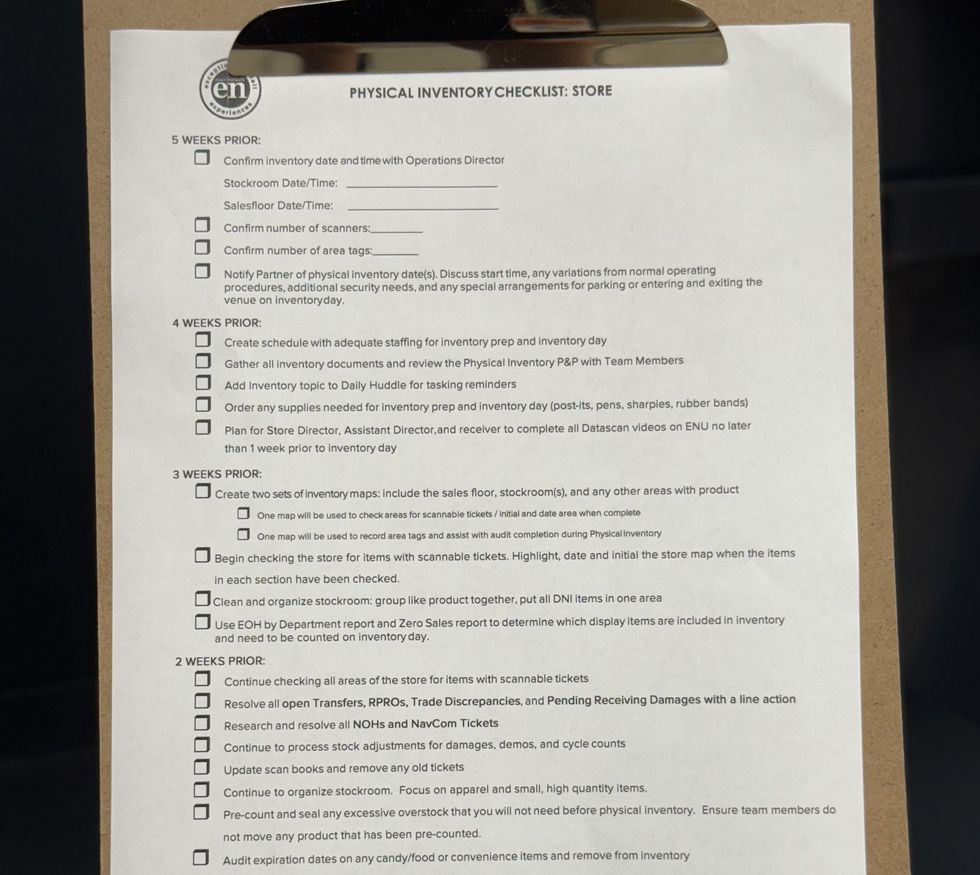

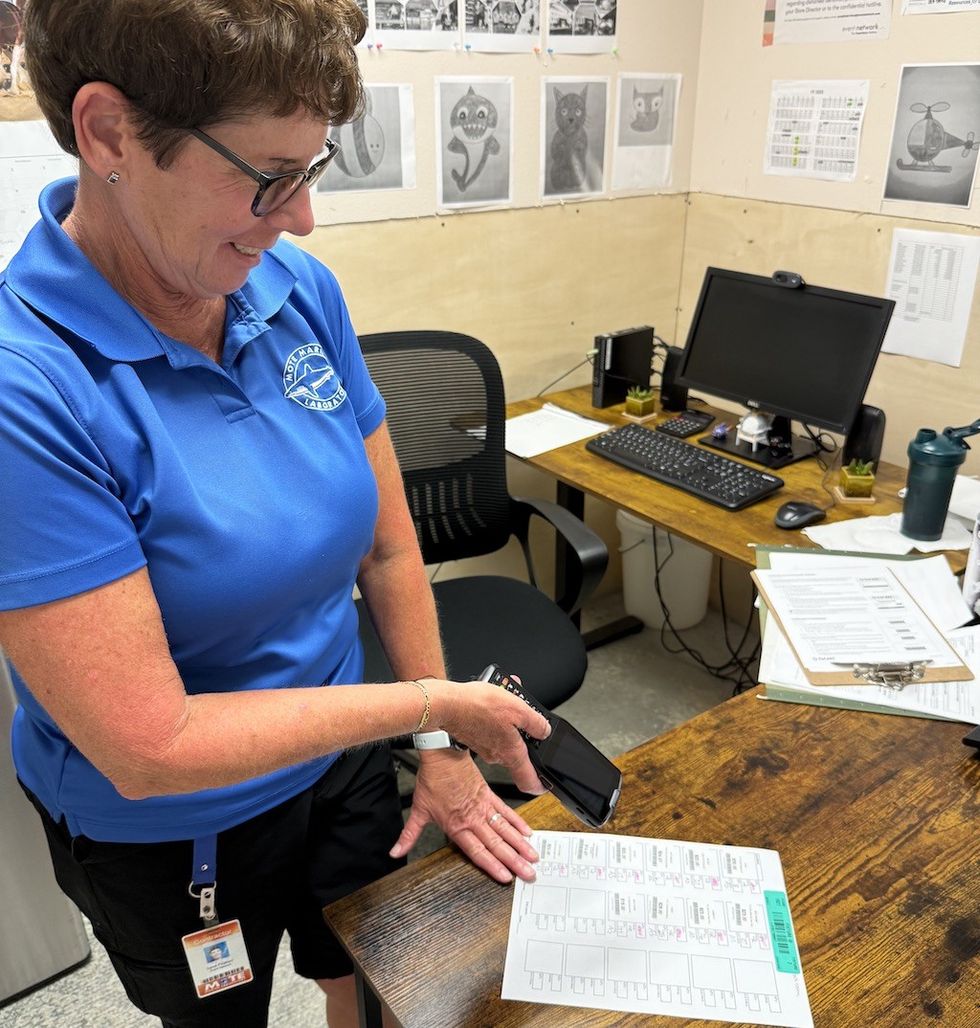


 Guests display a commemorative UN stamp sheet marking the 100th anniversary of the Palace Museum at the UN headquarters in New York, May 2025 (Xinhua)
Guests display a commemorative UN stamp sheet marking the 100th anniversary of the Palace Museum at the UN headquarters in New York, May 2025 (Xinhua)